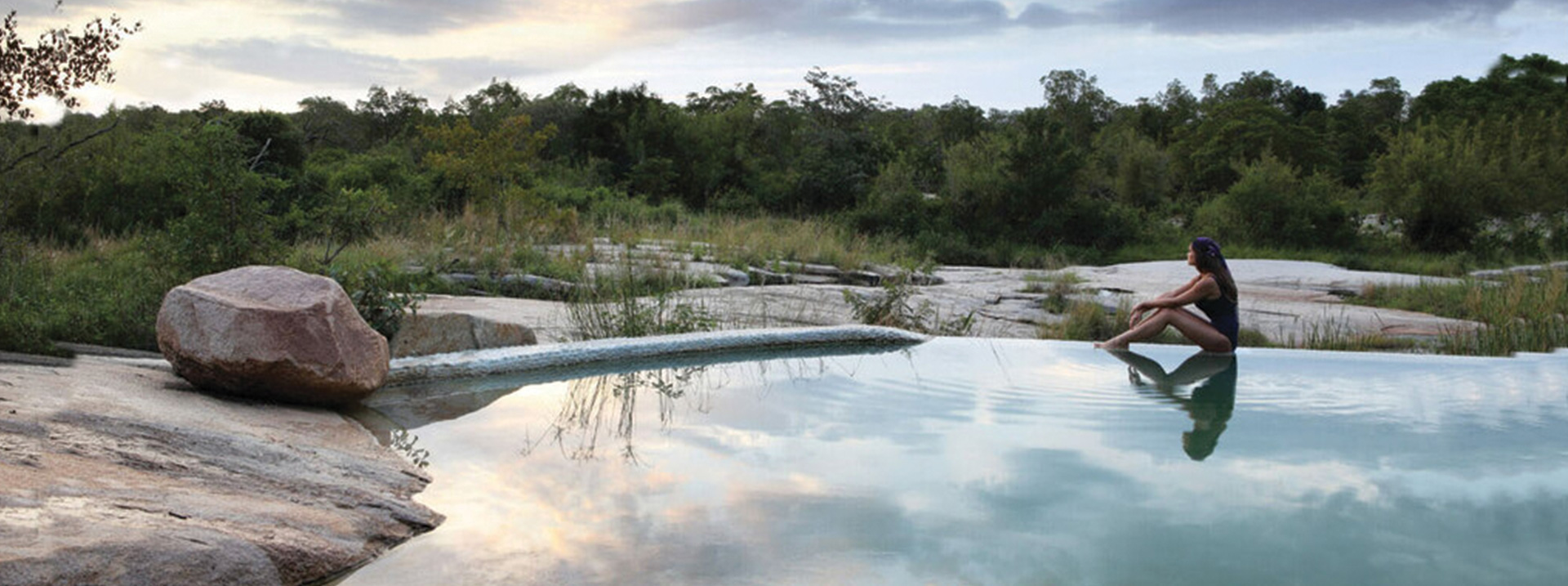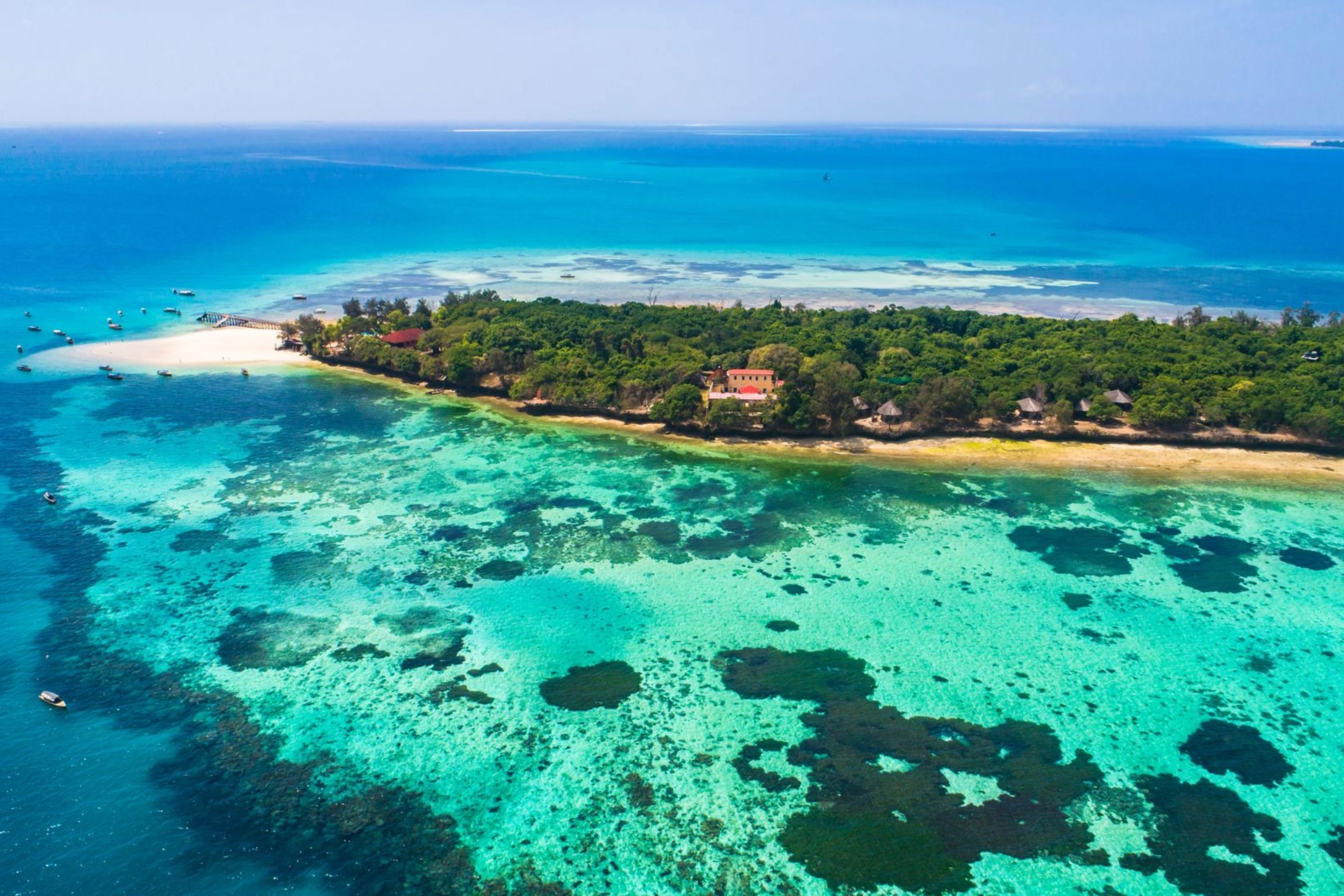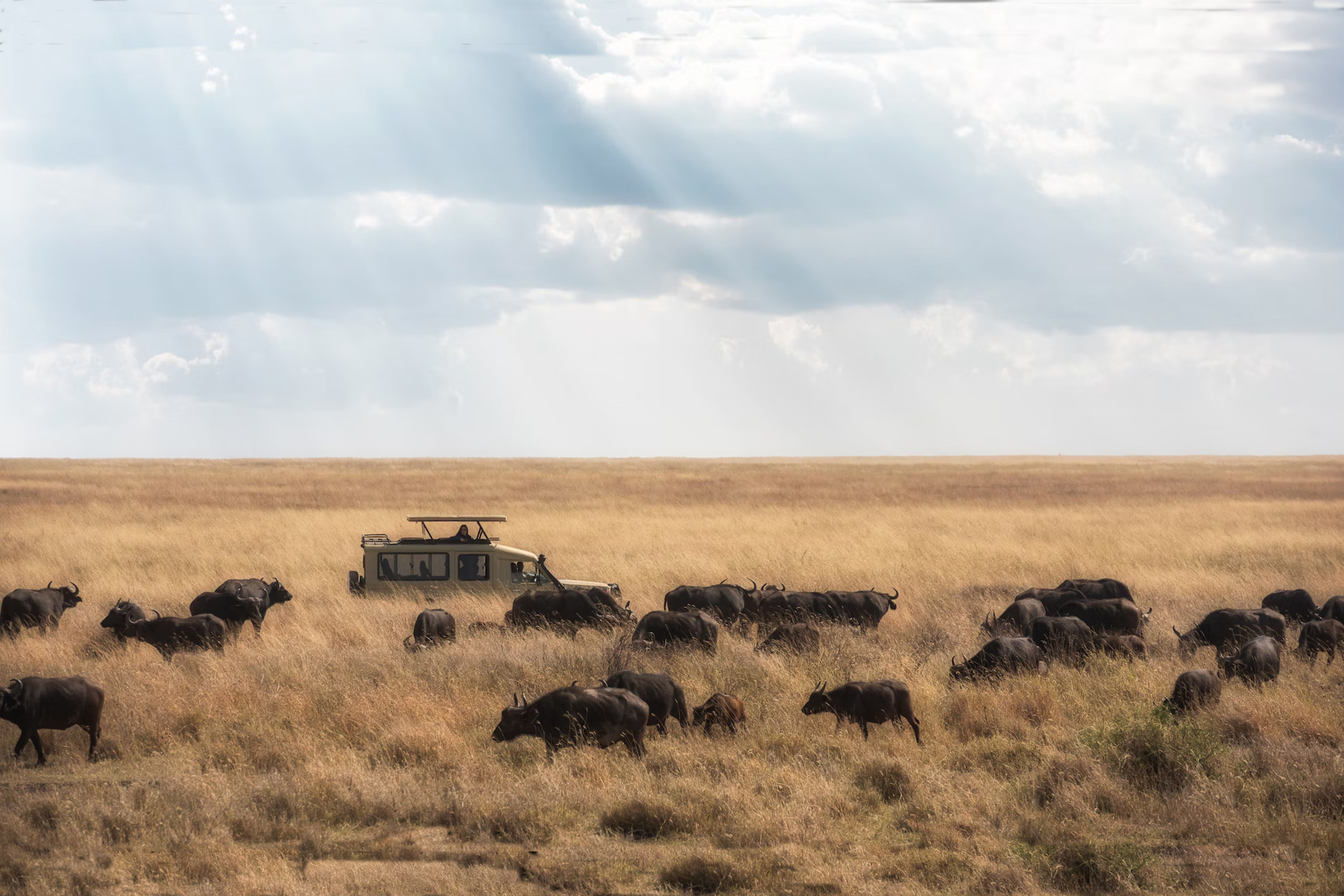Explore Africa’s Wild Heart
Tailored Safaris, Timeless Memories
Enjoy safaris and nature
Dive into the Tanzanian culture
Altitude Sickness on Mount Kilimanjaro
Altitude sickness is a common concern for climbers attempting Mount Kilimanjaro due to its high elevation. It occurs when your body has difficulty adjusting to the decreased levels of oxygen at higher altitudes. Below are key points to help you understand and manage altitude sickness on Kilimanjaro.
1. Types of Altitude Sickness
- Acute Mountain Sickness (AMS): The most common type, with symptoms like headaches, nausea, dizziness, and fatigue.
- High Altitude Pulmonary Edema (HAPE): Fluid accumulation in the lungs; life-threatening and requires immediate descent.
- High Altitude Cerebral Edema (HACE): Swelling of the brain, which is also life-threatening and requires quick descent.
2. Symptoms to Watch For
- Mild symptoms: Headache, nausea, dizziness, loss of appetite, shortness of breath.
- Severe symptoms: Confusion, inability to walk, chest congestion, breathlessness even at rest.
3. Preventive Measures
- Climb Slowly: The “Pole, Pole” (Swahili for “slowly, slowly”) approach allows your body to adjust to the altitude.
- Acclimatization Days: Adding extra days to your climb itinerary helps your body adjust.
- Stay Hydrated: Drink plenty of water, as dehydration can exacerbate symptoms.
- Avoid Alcohol and Smoking: These can impair your body’s acclimatization process.
- Medication: Consider taking Diamox (acetazolamide), a prescription medication that can help prevent symptoms.
4. Listen to Your Body
Descend if symptoms worsen. It’s crucial to prioritize safety; ignoring symptoms can be dangerous. Guides on Kilimanjaro are trained to monitor climbers for altitude sickness and often carry oxygen and medical supplies to assist climbers.
5. Summit Success and Altitude Sickness
Reaching the summit safely is possible for most climbers with proper preparation and awareness. Choose a reputable tour company, as experienced guides are essential for monitoring and managing altitude sickness effectively.
If you need more specific advice or recommendations on routes with better acclimatization profiles, feel free to ask!

"Absolutely the best safari experience! Unforgettable from start to finish." – John Doe

"Incredible views, amazing guides, and a truly unique adventure." – Jane Smith

"Highly recommend! Everything was beyond our expectations." – Michael Brown





